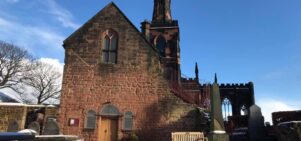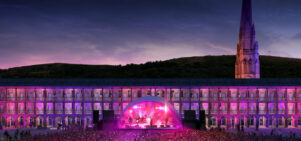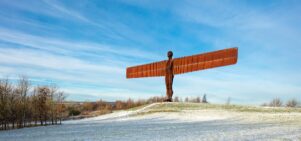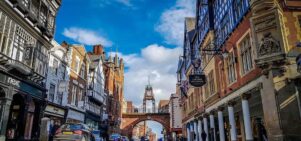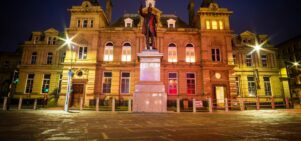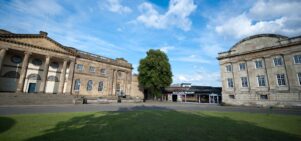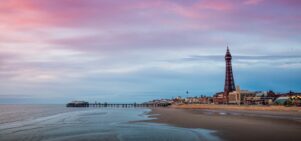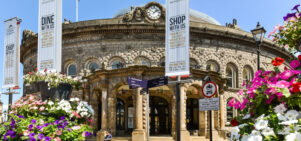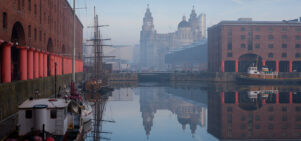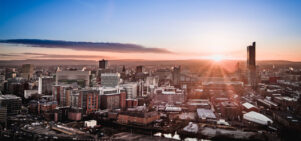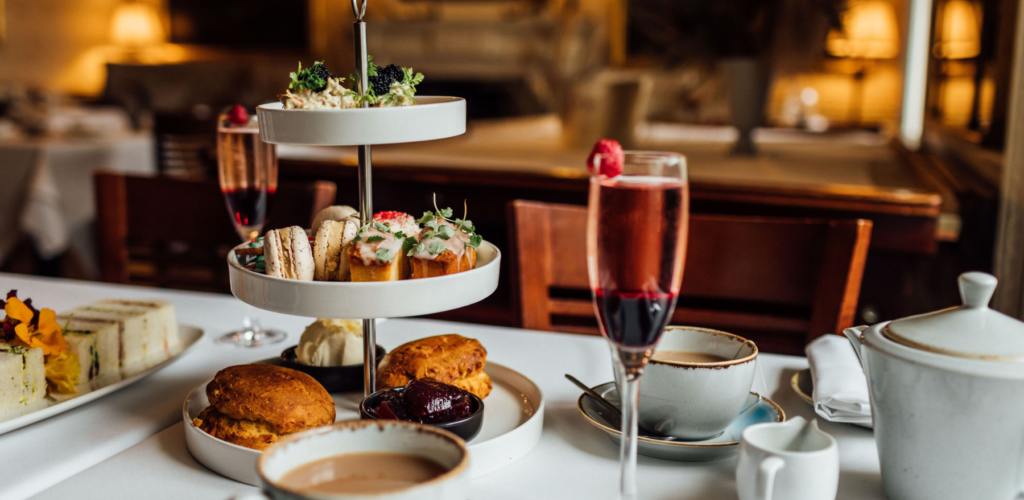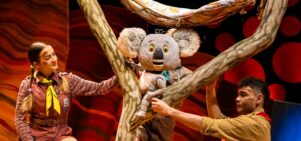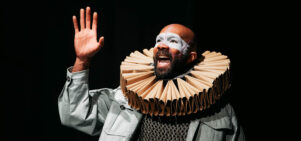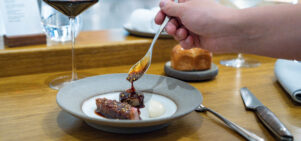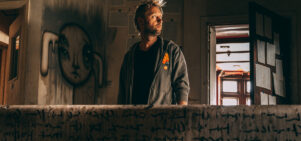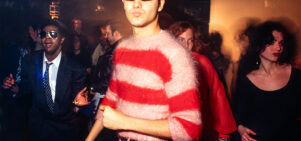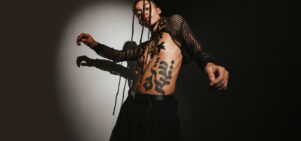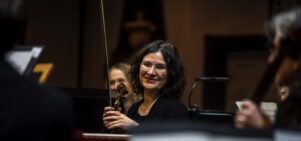Remembrance days: How World War One is being remembered in the north
Susie StubbsThis year marks the centenary of the outbreak of the “war to end all wars” – we look at how its anniversary being commemorated in art, music, film and more.
The First World War was a difficult war, one whose convoluted political beginnings are as clear-cut as its murky end. It was also a big war. Millions died, thanks to a new kind of warfare – man versus machine, man versus trench – and it’s due to this size and complexity that the First World War remains hard to get a handle on. IWM North has come up with a way to bring a global story closer to home, though. From Street to Trench (5 Apr-3 May 2015) looks at the personal stories of those in the region caught up in the war; its 200 exhibits include personal letters, photos, film and sound recordings of ordinary soldiers, as well as the things left behind by better-known figures such as Wilfred Owen and Clement Atlee.
Personal too are the stories behind the Stamford Military Hospital (until 2016). Never heard of it? That’s not surprising: the aristocratic family who once owned Dunham Massey, the National Trust property on the outskirts of Altrincham, may have turned their home into a hospital during the war, but their story has been largely untold. Until now, that is: the National Trust has converted this stately home back into the hospital it once was, a transformation that’s as impressive as it is humbling.
IWM North has come up with a way to bring a global story closer to home
In the theatre world, The Lowry brings its First World War story, War Horse (23 Jul-20 Sep), back for another run, while the Royal Exchange has taken a different tack, commissioning poet Simon Armitage to create The Last Days of Troy (8 May-7 Jun). This retelling of Homer’s The Illiad, literature’s first ever war story, not-so-gently illustrates that the politics, power play and desire for revenge present in Homer’s Greek tale are still fuelling conflict now.
Larger in scale is Memories of August 1914 (23-27 Jul), an ambitious commission that sees Liverpool reprise its giant puppet parade for the WWI anniversary. The enormous marionettes that last walked Liverpool’s streets in 2012’s Sea Odyssey will return; in what will be the country’s biggest commemorative event, the Little Girl Giant and her dog, Xolo, will act out on the streets the tale of one city preparing for war. Taking a more conventional theatrical route is Keswick’s Theatre by the Lake, whose Not About Heroes (until 8 Apr; then touring Cumbria until 19 Apr) tells the story of war poets Wilfred Owen and Siegfried Sassoon.
Also in Cumbria is the clever-looking The Great War in Comics (28 Sep-6 Dec), an exhibition at Abbot Hall that stages the work of three international comic artists: Charley’s War creator Joe Colquhoun, Charlie Adlard (best known for his work on The Walking Dead) and Ivan Petrus. With Charley’s War described as “the greatest British comic strip ever invented” – and some of its original comic strips, which ran from 1979-1985, so brutally honest that later versions ended up being censored – expect this exhibition to be uncompromising. It’s part of the Lakes International Comic Art Festival.
Other galleries are, of course, marking the war. Manchester Art Gallery, the newly reopened Whitworth and the Gallery of Costume will present The Sensory War (Oct 2014-Jan 2015) across all three spaces; it’ll tackle how artists have explored the unseen impact of war on mind, body and the senses. Expect both historic and new work, with the promise of “significant loans” from collections across Europe and the US. The galleries’ near neighbour, Manchester Museum, is about to open From the War of Nature (11 Apr-7 Sep), an exhibition that takes as its starting point Darwin’s idea of natural selection but argues that, despite a daily struggle to survive, both animals and man have the capacity to collaborate and co-operate.
Back to IWM North, which, as well as leading the North’s commemorative programme, is also commissioning new art and live performances, the first of which is Vertical Echoes (1 May-21 Sep). The work of composer and sound artist, Bill Fontana, Vertical Echoes features the sounds of a WWI fighter plan and an artillery field gun; visitors will hear the strange rise and fall of these killing machines as they approach the museum’s main entrance. This work will be followed by Second Breath (17 May), an evening performance by the English National Ballet and created by the British choreographer Russell Maliphant. It’s part of Museums at Night; tickets go on sale on 3 April (£10).
Finally, the People’s History Museum looks at what happened after the war was over. A Land Fit For Heroes (24 May-1 Feb 2015) examines how the First World War changed British society – not just for the women who “manned” the factories in the absence of men, but in terms of the social, economic, cultural and political outlook of the British people. Many of the early casualties of the war were drawn from the upper classes – Lady Jane Grey, who along with her mother nursed soldiers at the Stamford Military Hospital, remembers the war as “absolute slaughter, because all the boys who came and stayed here, they were all killed, my brother’s friends.” A whole generation of the ruling elite, the majority of whom rushed to sign up for a war that “would be over by Christmas”, was effectively wiped out. This show is a welcome look at how the political landscape of a wounded country shifted as a result.
As 2014 shapes up there will inevitably be more commissions, exhibitions and news – and we’ll add the best here when we hear more.
